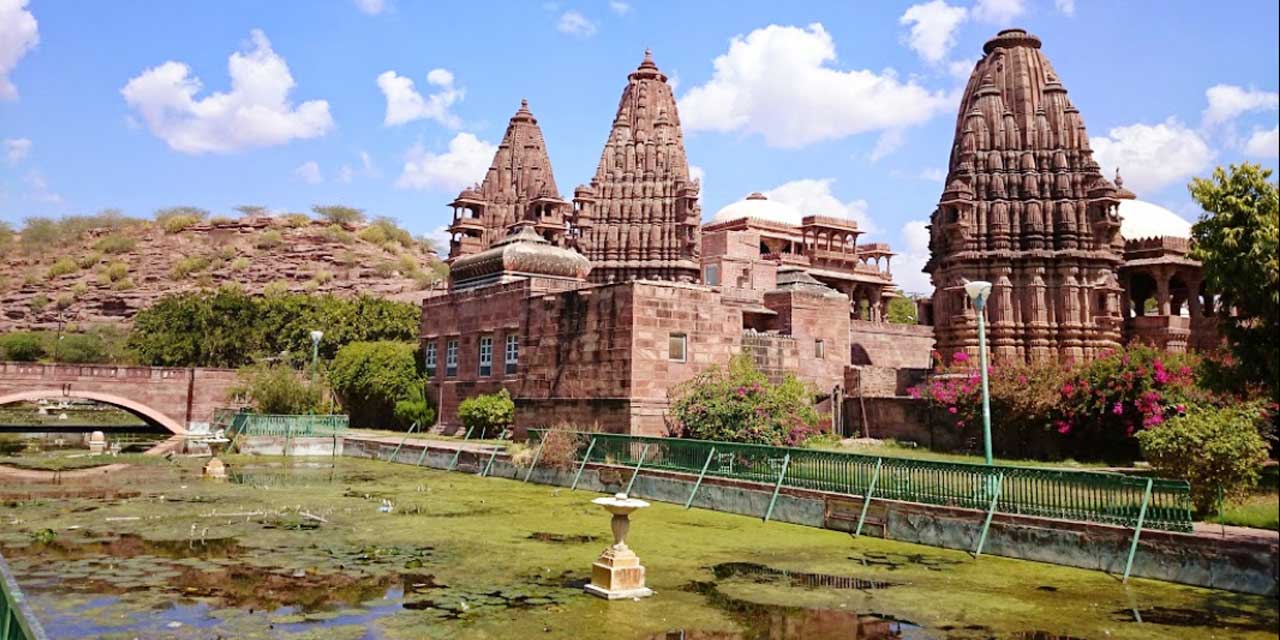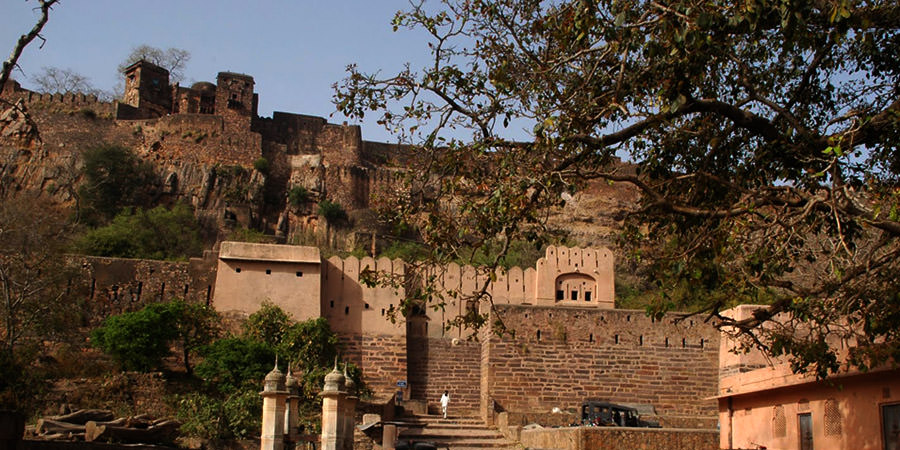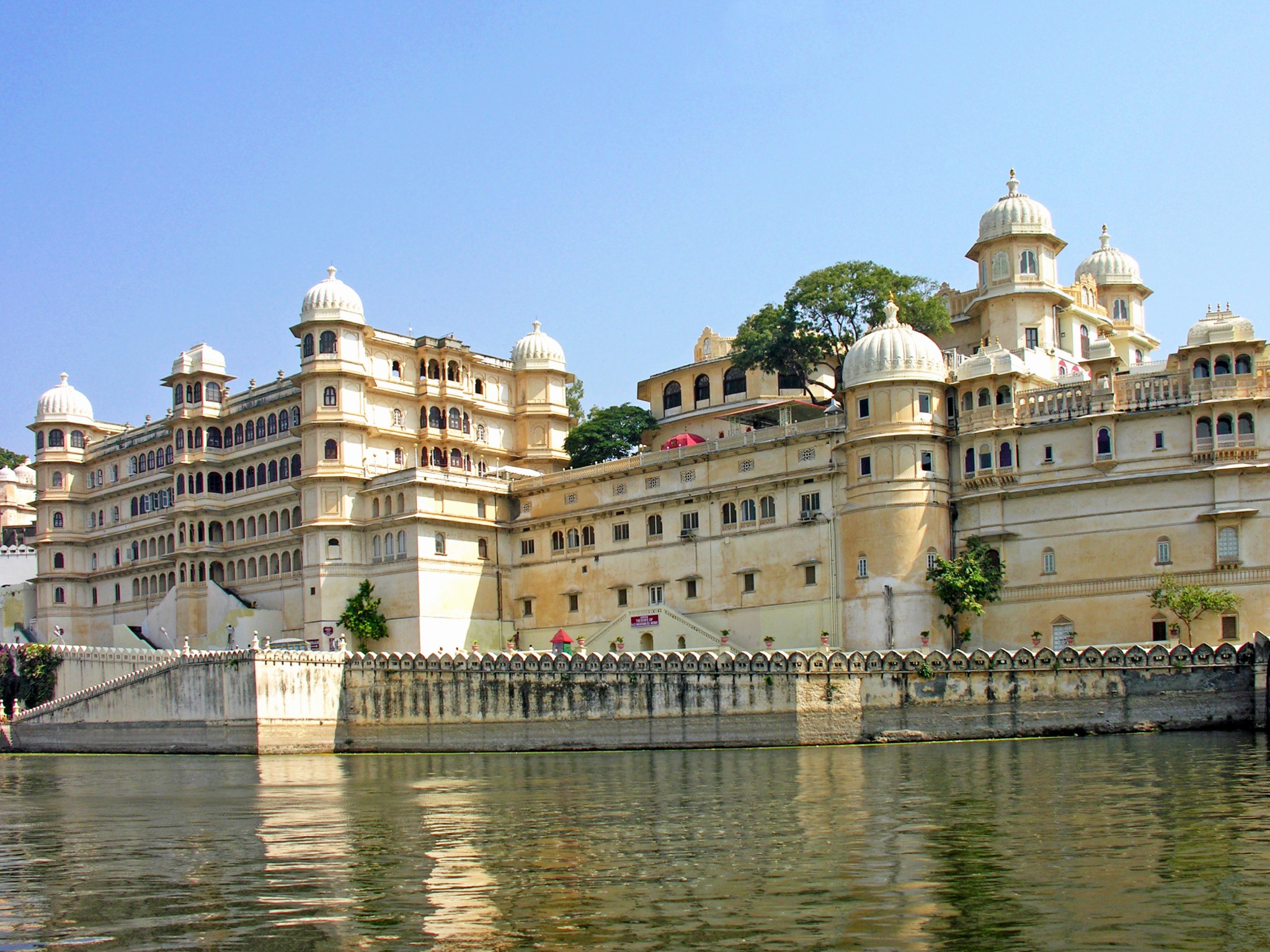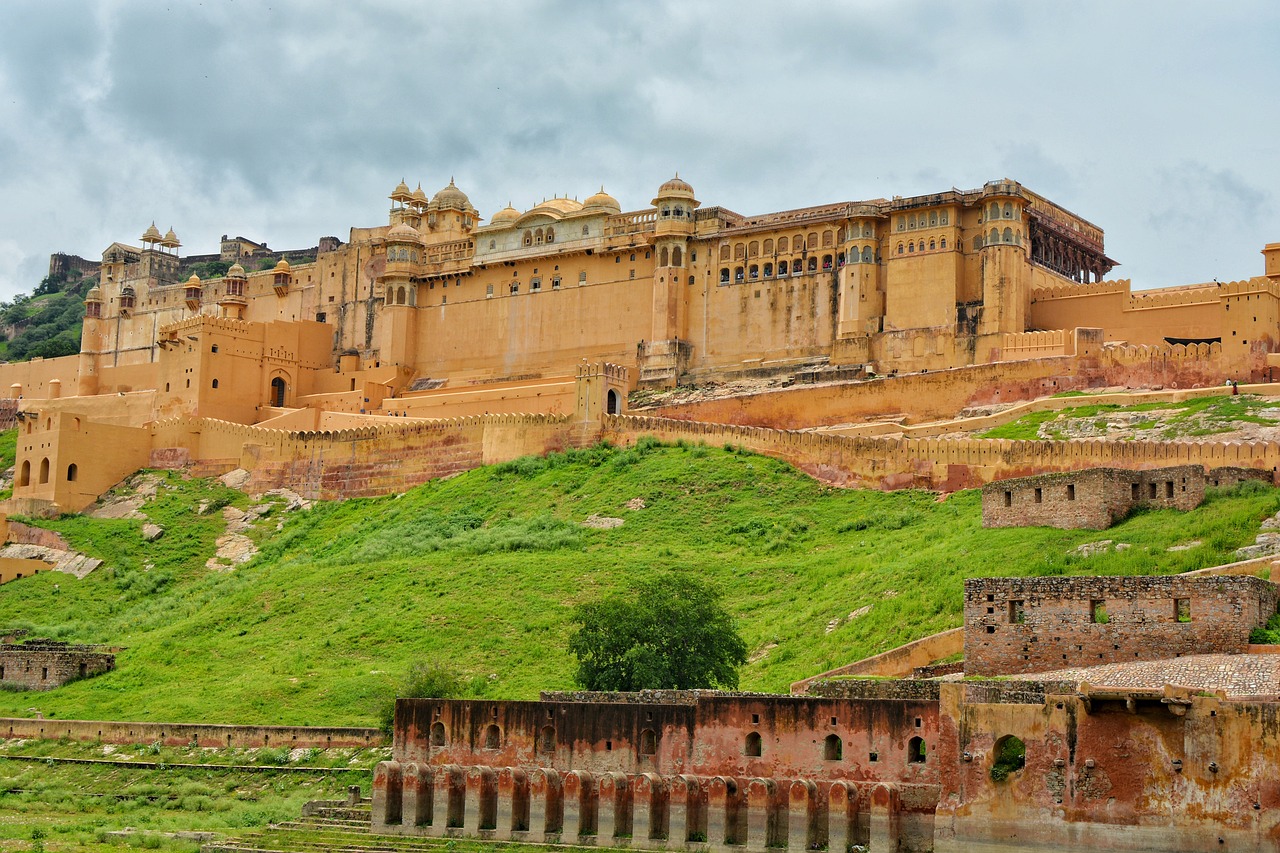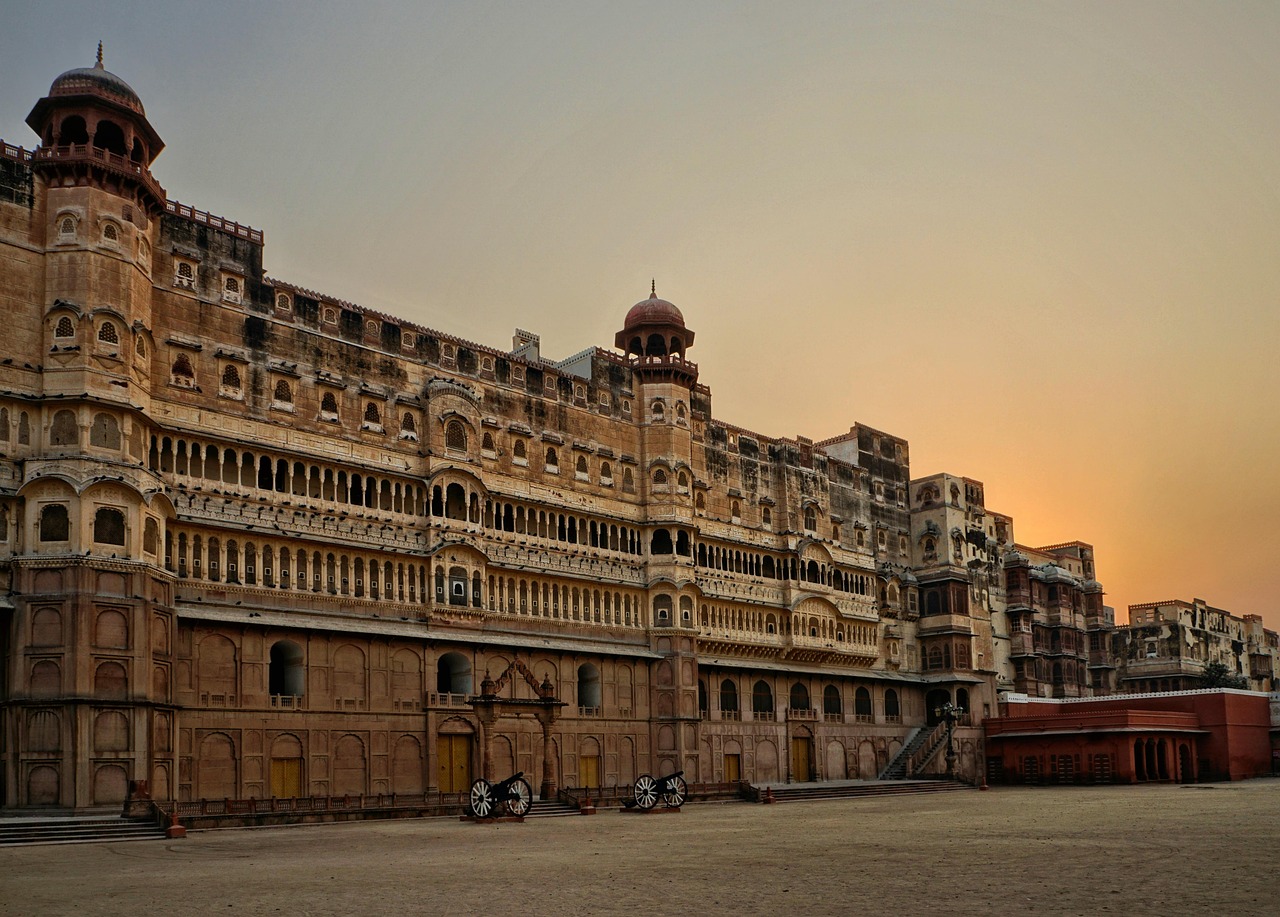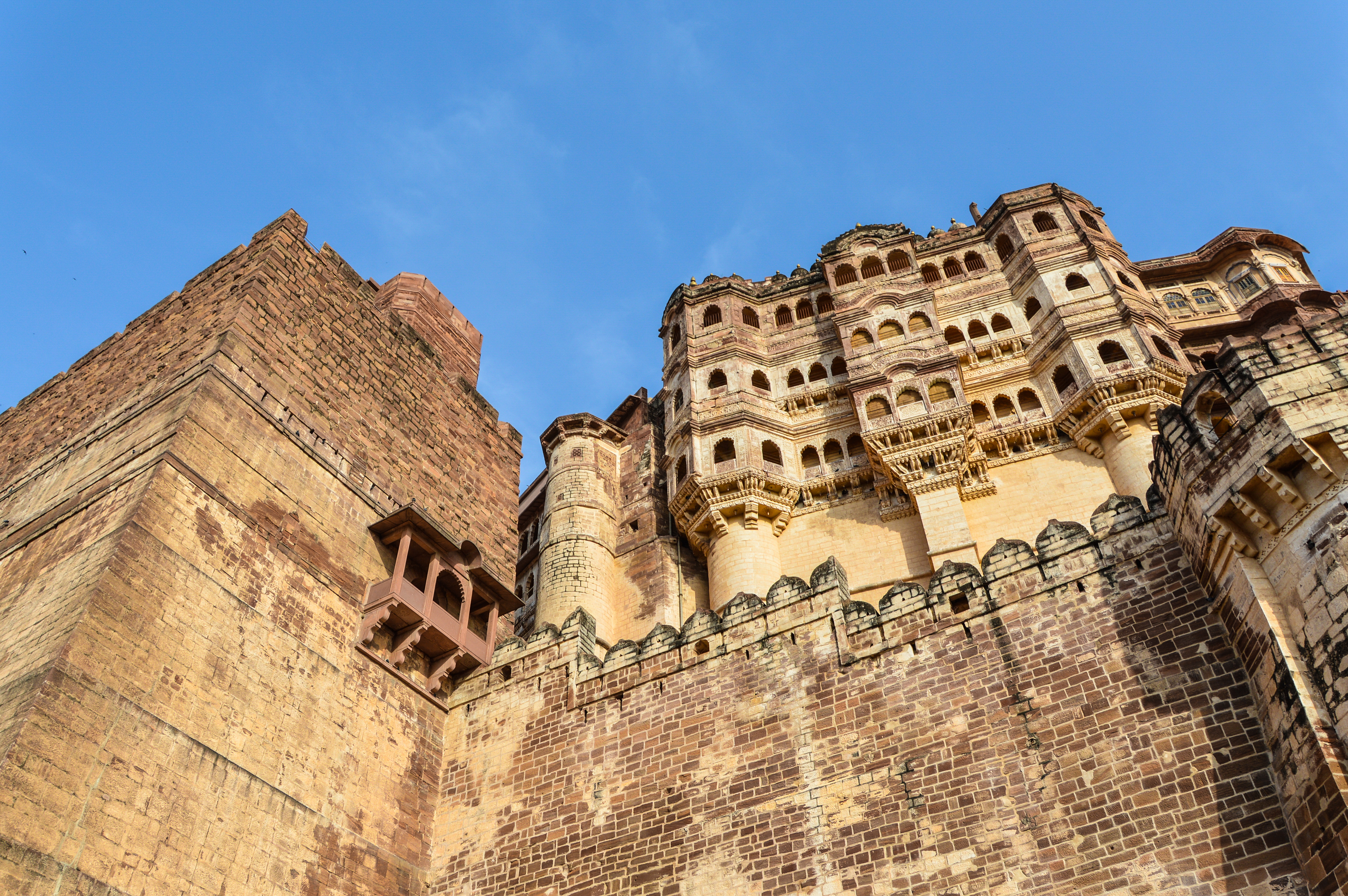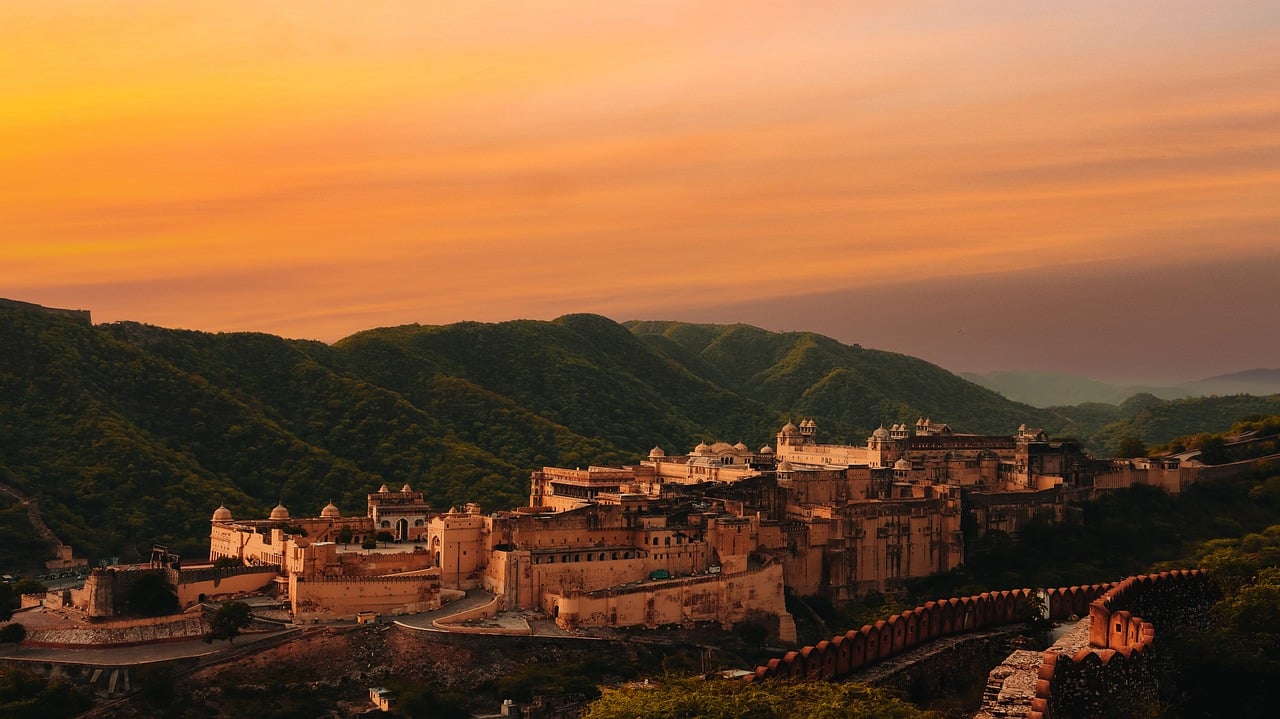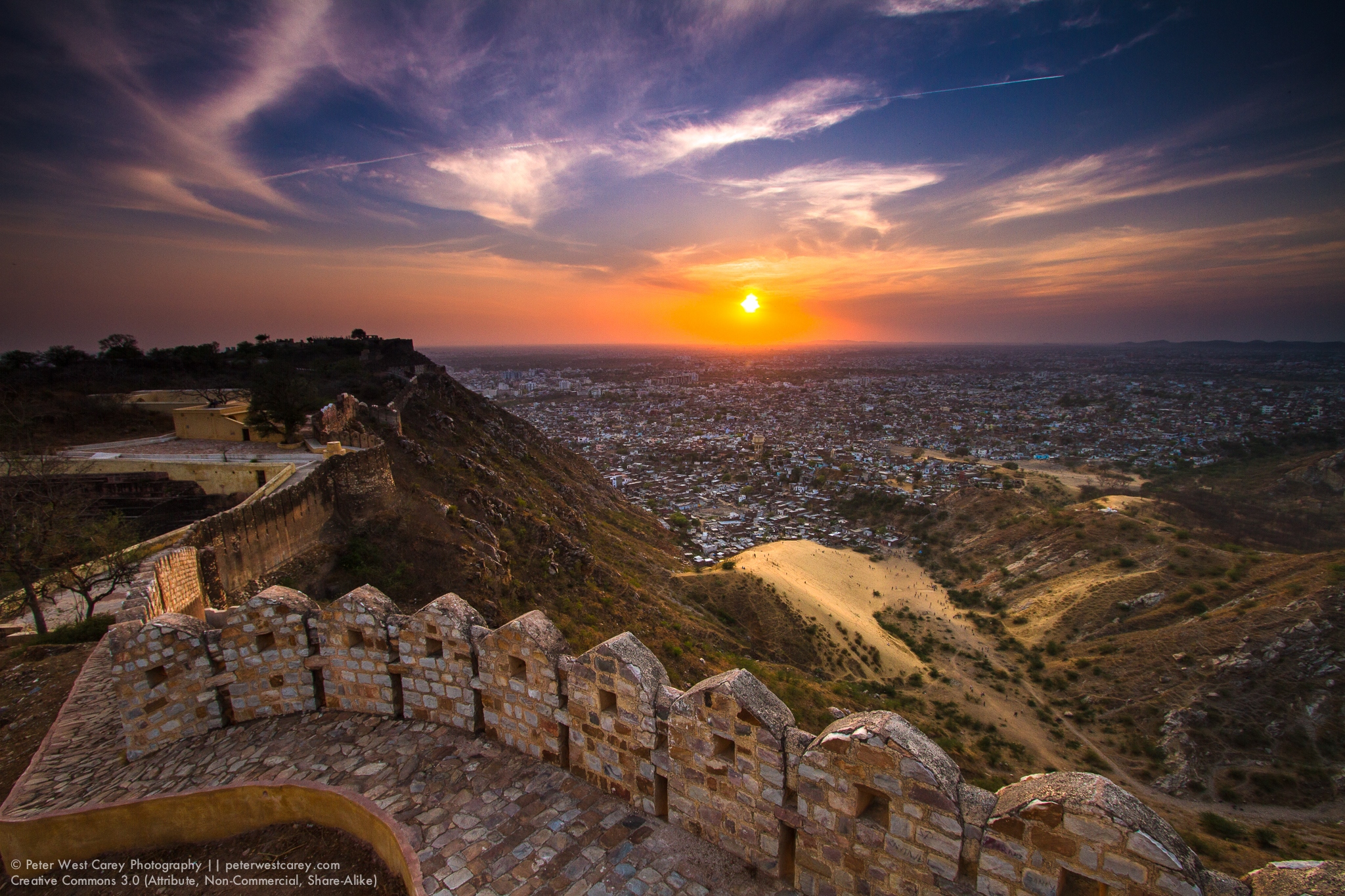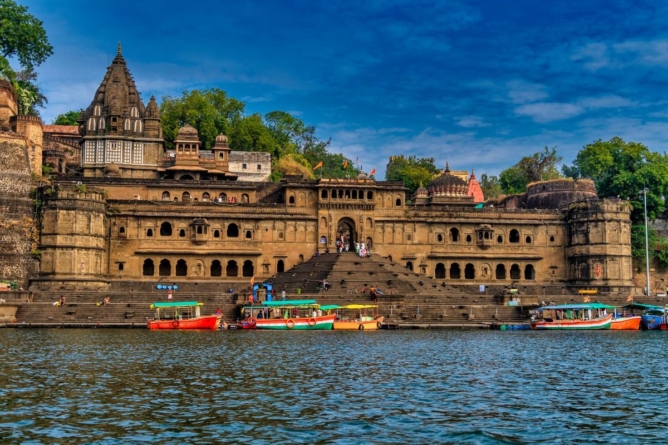Varanasi: The Mystical City of Death and Rebirth
Varanasi is a city located in the northern state of Uttar Pradesh, India, famous for its spiritual significance and cultural heritage. The city sits on the banks of the river Ganges, and it is considered one of the holiest places in Hinduism as it is believed that taking a dip in the river here can cleanse one’s sins. Varanasi offers a complete cultural experience with spirituality embedded into it that surely leaves an indelible impression on travelers who visit this beautiful city.
History of Varanasi
Varanasi, also known as Kashi or Banaras, is one of the oldest inhabited cities in the world with a history that dates back over 3,000 years. The city has been home to various religious dynasties and empires including Hinduism, Buddhism, and Islam making it a melting pot of Indian culture, tradition, and religion. The Ganges river which flows through the city has played a significant role in shaping Varanasi’s history and has attracted pilgrims from all around the globe making it an important spiritual hub. Over time, the city prospered as a center of education for scriptures, astrology, and mathematics. It was also an important trading center connecting India with countries such as China, Arabia, and Europe. Today Varanasi remains a symbol of traditional Indian values displaying vibrant architecture and monuments ranging from Mughal-era mosques to Gothic churches standing alongside beautiful Hindu temples.
The Spiritual Significance of Varanasi

For Hindus, Varanasi is considered a sacred city, and it is believed that bathing in the holy Ganges River, which flows through the city, can purify one’s sins and lead to liberation from the cycle of rebirth. The city is also home to numerous ancient temples, including the Kashi Vishwanath Temple, dedicated to Lord Shiva, which is considered one of the most important temples in the Hindu religion.
According to Hindu mythology, Lord Shiva himself is said to have established the city, and it is believed to be the site of his cosmic dance, which represents the cycle of creation and destruction.
In addition to its importance in the Hindu religion, Varanasi is also significant in Buddhism. It is believed that Gautama Buddha gave his first sermon at Sarnath, a nearby village, after attaining enlightenment, and many Buddhists visit Varanasi as part of their pilgrimage to Sarnath.
The Ghats of Varanasi

The ghats of Varanasi are a series of steps leading down to the Ganges River, a place where pilgrims come from all over India to bathe in the sacred waters. These ghats are one of the oldest living cities in the world and have been an important religious and cultural center for centuries. The river is believed to be holy, and many Hindus believe that bathing in it will wash away their sins. The atmosphere is both chaotic and serene with the sounds of chanting, temple bells ringing, boats splashing in the water, and incense burning to fill the air. It’s not unusual to see cows roaming freely along the ghats or street vendors selling trinkets and flowers to offer at temples. Despite its crowded nature, there’s still a feeling of spiritual significance that can be felt by anyone who visits these magical ghats.
The Rituals and Ceremonies of Varanasi
Here are some of the important rituals and ceremonies of Varanasi:
Ganga Aarti: Ganga Aarti is a daily evening ritual that takes place on the banks of the Ganges River. Priests perform the ceremony by lighting lamps and waving them in circular motions while chanting mantras and singing hymns in praise of the river goddess Ganga. The ceremony is a mesmerizing sight and attracts a large number of tourists and locals.
Kashi Vishwanath Temple: The Kashi Vishwanath Temple is one of the most revered Hindu temples in India and is dedicated to Lord Shiva. The temple is known for its elaborate rituals and ceremonies that take place throughout the day. The Mangala Aarti, Bhog Aarti, Sandhya Aarti, and Shringar Aarti are some of the important ceremonies that are performed daily at the temple.
Pind Daan: Pind Daan is a Hindu ritual performed to honor the ancestors. It is believed that performing this ritual helps the souls of the departed attain salvation. The ritual involves offering food, clothes, and other items to the departed souls and seeking their blessings.
Boat ride on the Ganges: Taking a boat ride on the Ganges river during sunrise or sunset is a popular activity in Varanasi. The boat ride offers a unique perspective of the city and the rituals being performed on the riverbank. It is also believed to be a spiritually uplifting experience.
Dev Deepawali: Dev Deepawali is a festival that is observed in Varanasi to honor Lord Shiva’s victory over the demon Tripurasura. On the day of the full moon in the month of Kartik, the festival is observed (November-December). It is a grand celebration and involves lighting diyas (lamps) on the banks of the river Ganges.
Exploring the Varanasi Beyond Death

Varanasi is also known for its association with death and rebirth in Hindu mythology and traditions. According to Hindu beliefs, it is said that dying in Varanasi and being cremated on the banks of the Ganges river grants a personal liberation from the cycle of birth and death, and their soul attains moksha or salvation. This is why Varanasi is considered one of the holiest cities in India, especially for Hindus.
The city is home to several ancient temples and is believed to be the abode of Lord Shiva, one of the most important deities in the Hindu pantheon. It is said that Lord Shiva himself resides in Varanasi, and it is believed that performing rituals and ceremonies in the city can help one attain spiritual liberation.
Apart from this, Varanasi is also known for its association with the river Ganges, which is considered sacred in Hinduism. The Ganges is believed to have the power to purify the soul and wash away sins, and taking a dip in its holy waters is believed to bring spiritual merit.
Best time to visit Varanasi
The best time to visit Varanasi is from October to March, which is considered the winter season in the region. During this time, the weather is pleasant and comfortable, with temperatures ranging from around 5°C to 25°C. This is an ideal time to explore the city’s ancient temples, ghats, and other cultural landmarks without being overwhelmed by the heat and humidity of the summer months.
In contrast, the summer season in Varanasi, which extends from April to June, can be extremely hot and humid, with temperatures often soaring above 40°C. This can make outdoor activities uncomfortable and tiring. The monsoon season from July to September can also be quite challenging due to heavy rainfall and flooding in some areas.
Therefore, the best time to visit Varanasi is during the winter season, from October to March, when the weather is pleasant and ideal for exploring the city’s rich cultural heritage.
Famous Places to Visit in Varanasi
Here are some of the famous places to visit in Varanasi:
Kashi Vishwanath Temple: It is one of the most famous and revered temples in India. Dedicated to Lord Shiva, it is located in the heart of Varanasi and is visited by thousands of devotees every day.
Dashashwamedh Ghat: It is one of the oldest and most popular ghats (steps leading to the river) in Varanasi. It is famous for its evening aarti (worship ritual), which is a mesmerizing experience.
Sarnath: It is a famous Buddhist pilgrimage site, located just 10 kilometers away from Varanasi. It is the location of the first sermon that Lord Buddha delivered after being enlightened.
Manikarnika Ghat: It is the main cremation ghat in Varanasi and is considered one of the most sacred places for Hindus. It is believed that a person who is cremated here attains salvation.
Ramnagar Fort: It is a historical fort located on the banks of the Ganges River. It was built in the 18th century and is now a museum that displays artifacts from the royal family of Varanasi.
Tulsi Manas Temple: It is a modern temple built in the 20th century, dedicated to Lord Rama. The walls of the temple are inscribed with verses from the Ramcharitmanas, a Hindu epic.
Banaras Hindu University: It is one of the largest residential universities in Asia and is located in Varanasi. It has a sprawling campus and is known for its academic excellence.
Assi Ghat: It is a popular ghat in Varanasi, located at the confluence of the Ganges and Assi rivers. It is believed that Lord Shiva took a dip here before disappearing into the ground.
Famous Food Places in Varanasi

Varanasi is known for its rich and delicious cuisine, which is a blend of traditional flavors and spices.
Here are some of the famous places to eat in Varanasi:
Kachori Gali: Located near the Kashi Vishwanath Temple, Kachori Gali is famous for its crispy and delicious kachoris (deep-fried snacks filled with spiced lentils).
Blue Lassi: It is a small shop located in the narrow lanes of Varanasi, famous for its creamy and delicious lassis (a yogurt-based drink). It provides a selection of tastes and toppings.
Deena Chat Bhandar: It is a popular street food stall that serves a variety of chaats (snacks) such as papdi chaat, aloo tikki, and dahi bhalla. It is located near the Kashi Vishwanath Temple.
Pizzeria Vaatika Cafe: It is a rooftop cafe located near the Assi Ghat, known for its wood-fired pizzas and Italian cuisine. The cafe offers a beautiful view of the Ganges River.
Kashi Chat Bhandar: It is a famous chaat stall located in Godowlia, known for its crispy samosas, chaat, and kulfi (Indian ice cream). It has been serving delicious food for over a century.
Baati Chokha: It is a popular restaurant located in Lahurabir, known for its traditional Rajasthani cuisine. It serves dishes like baati chokha (roasted dough balls served with dal and chutney) and thali (platter) meals.
Brown Bread Bakery: It is a bakery located near the Assi Ghat, known for its fresh-baked bread, croissants, and cakes. It also serves a variety of breakfast options and coffee.
How to reach Varanasi

Varanasi is well-connected to major cities in India and can be reached by air, rail, and road. Here’s how to reach Varanasi:
By Air: Lal Bahadur Shastri International Airport in Varanasi is well-connected to major cities in India such as Delhi, Mumbai, Kolkata, and Bangalore, among others. You can take a bus or a taxi from the airport to get to your location in Varanasi.
By Rail: Varanasi Junction is the main railway station in the city, which is well-connected to major cities in India such as Delhi, Mumbai, Kolkata, Chennai, and Bangalore, among others. There are regular trains from most cities in India to Varanasi. You can also take a taxi or an auto-rickshaw from the railway station to reach your destination.
By Road: Varanasi is connected to major cities in Uttar Pradesh and neighboring states such as Bihar, Jharkhand, and Madhya Pradesh by road. The city is connected to the National Highway network and is easily accessible by buses and taxis.
By Bus: Varanasi has a well-developed bus network and is connected to major cities in Uttar Pradesh and neighboring states. The city has three main bus terminals, namely, Varanasi Bus Stand, Kaiserbagh Bus Station, and Varanasi Junction Bus Station.


